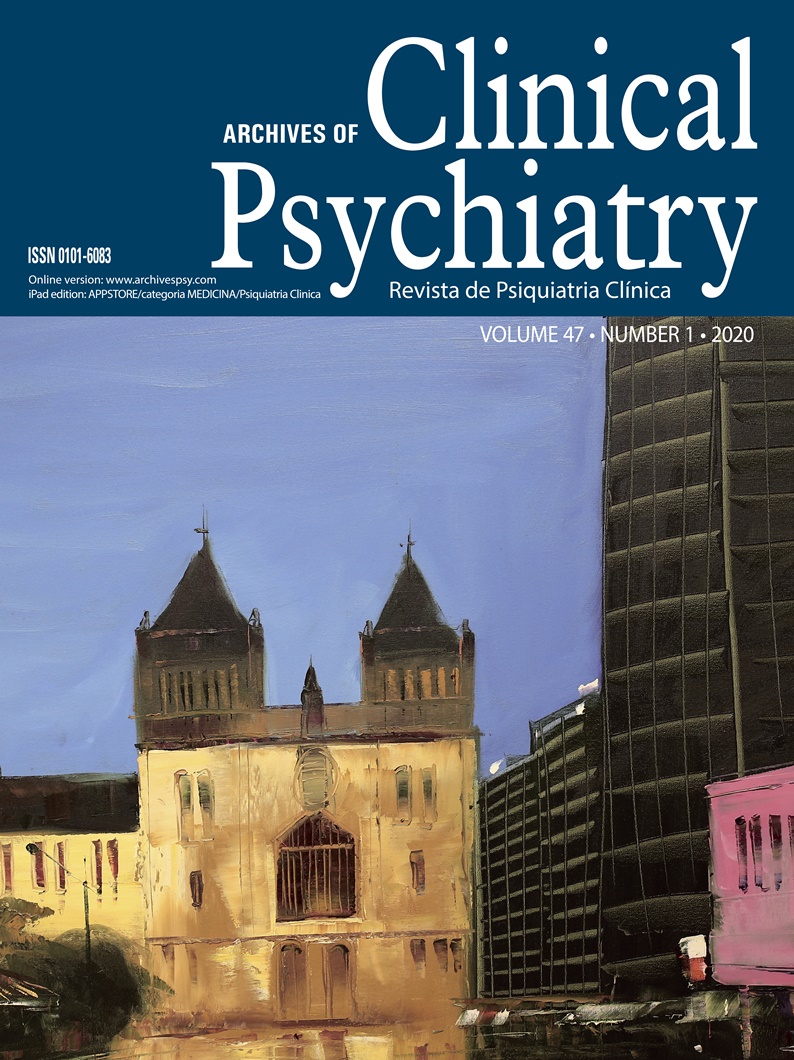Assessment of sleep quality of patients with panic disorder and generalized anxiety disorder during remission: a case-control study
DOI:
https://doi.org/10.1590/0101-60830000000224Keywords:
Anxiety disorders, sleep quality, sleep disturbance, remission, psychiatric diseaseAbstract
Background: Sleep disorders are common in psychiatric diseases. Panic disorder (PD) and generalized anxiety disorder (GAD) are two major anxiety disorders that are associated with sleep disorders. Objective: We hypothesized that poor sleep quality continues in PD and GAD during remission. Therefore, in this study we aimed to compare the sleep quality of patients with PD and GAD to that of healthy controls. Methods: The study included patients with PD (n = 42) and GAD (n = 40) who had been in remission for at least 3 months and healthy control volunteers (n = 45). The patients were administered the Pittsburgh Sleep Quality Index (PSQI), Beck Anxiety Inventory (BAI), and Beck Depression Inventory (BDI). Results: The total PSQI scores of the GAD group were significantly increased in comparison to those of the PD (p = 0.009) and control (p < 0.001) groups. The rate of poor sleep quality in GAD during remission (77.5%) was greater than that of the PD (47.6%) and control (51.1%) groups (p = 0.011). Discussion: GAD is a chronic and recurrent disease. In this study, it was found that the deterioration in sleep quality of patients with GAD may continue during remission. In the follow-up and treatment of patients, it is appropriate to question about sleep symptoms and to plan interventions according to these symptoms.
Downloads
Downloads
Published
Issue
Section
License
Once accepted for publication, the manuscript becomes permanent property of the Archives of Clinical Psychiatry. This copyright transfer subsumes exclusive and unlimited entitlement of the Archives of Clinical Psychiatry to publish and distribute the full contents of articles in whichever publishing medium, including press and electronic media, in Brazil and abroad.
Manuscripts are accepted with the understanding that the Editor and the editorial staff have the right to make revisions aimed at greater conciseness, clarity, and conformity with Journal style, of course without changing its content.


